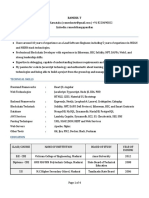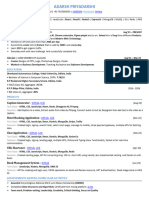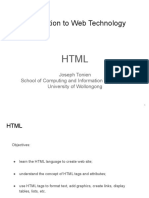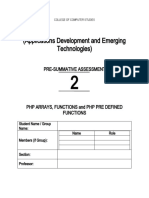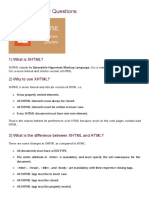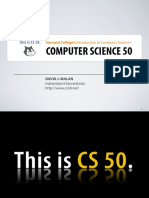0% found this document useful (0 votes)
36 views6 pagesProjects by Ankush
The document outlines a blueprint for building full stack projects that enhance employability, emphasizing the importance of depth over speed in project development. It categorizes projects into four levels (beginner, intermediate, advanced, and professional) with specific skills and durations for each level, encouraging developers to focus on solving real problems. Additionally, it provides guidance on how to effectively present projects on resumes, LinkedIn, and in interviews to attract recruiters' attention.
Uploaded by
anshtheroyalking01Copyright
© © All Rights Reserved
We take content rights seriously. If you suspect this is your content, claim it here.
Available Formats
Download as PDF, TXT or read online on Scribd
0% found this document useful (0 votes)
36 views6 pagesProjects by Ankush
The document outlines a blueprint for building full stack projects that enhance employability, emphasizing the importance of depth over speed in project development. It categorizes projects into four levels (beginner, intermediate, advanced, and professional) with specific skills and durations for each level, encouraging developers to focus on solving real problems. Additionally, it provides guidance on how to effectively present projects on resumes, LinkedIn, and in interviews to attract recruiters' attention.
Uploaded by
anshtheroyalking01Copyright
© © All Rights Reserved
We take content rights seriously. If you suspect this is your content, claim it here.
Available Formats
Download as PDF, TXT or read online on Scribd
/ 6




























